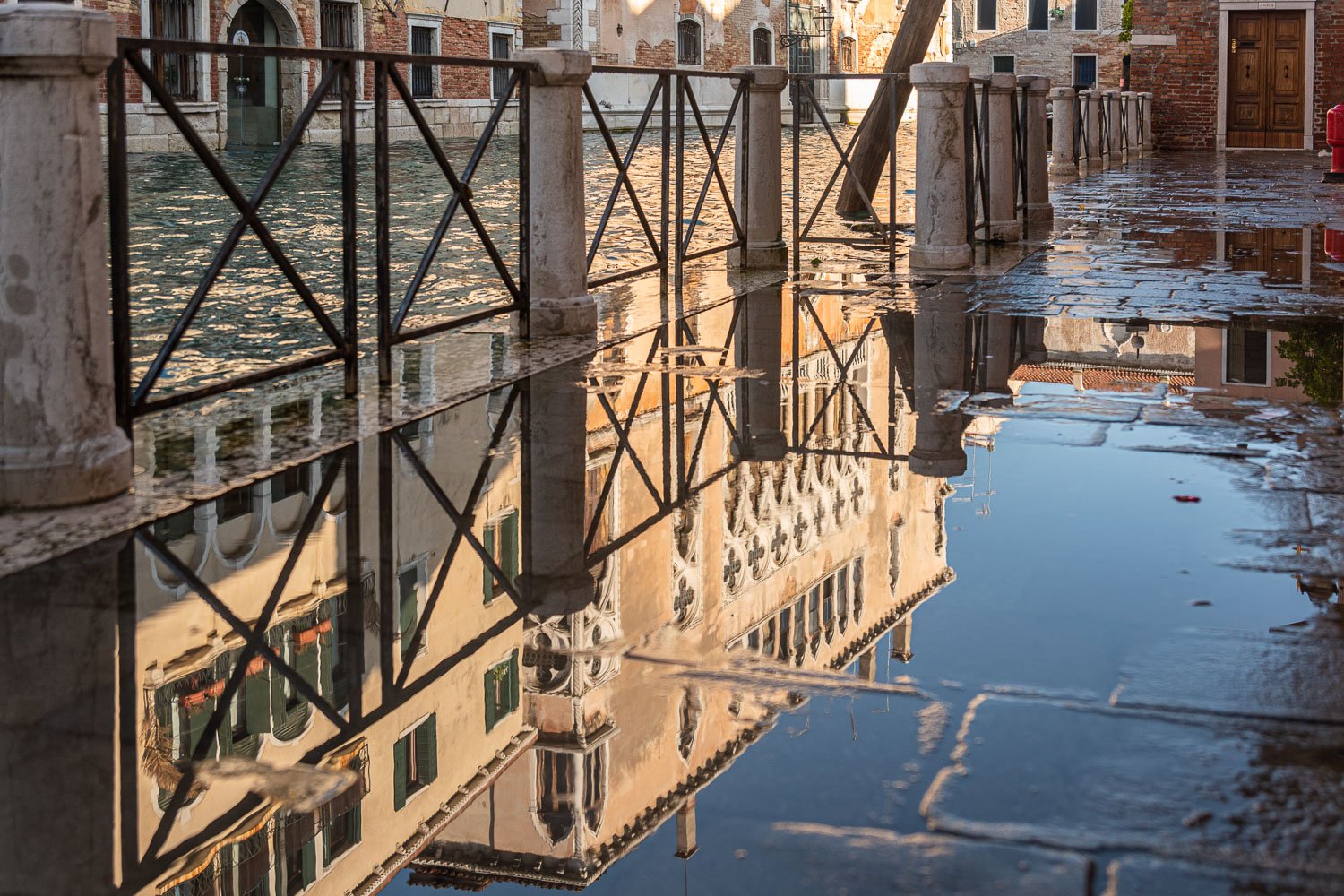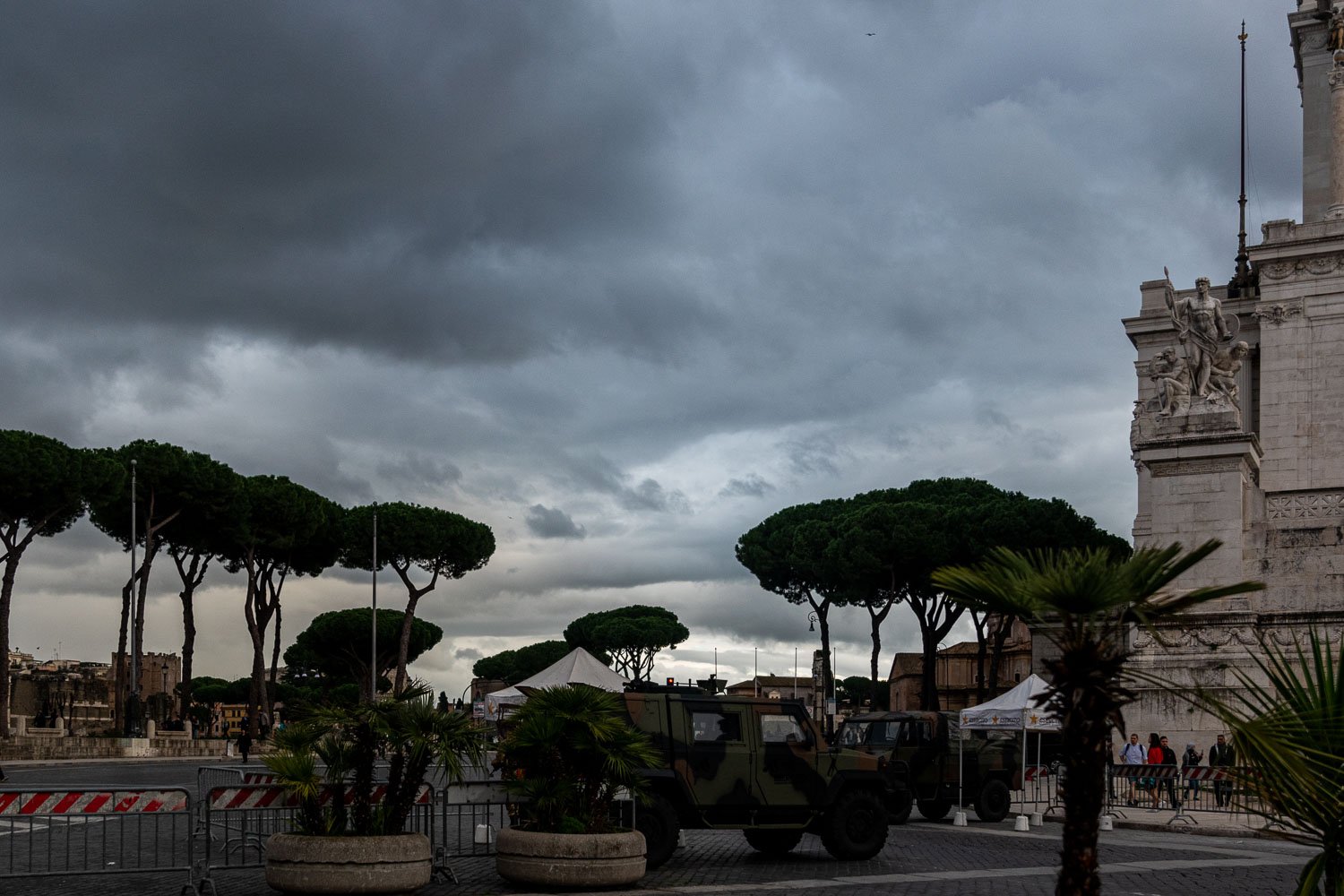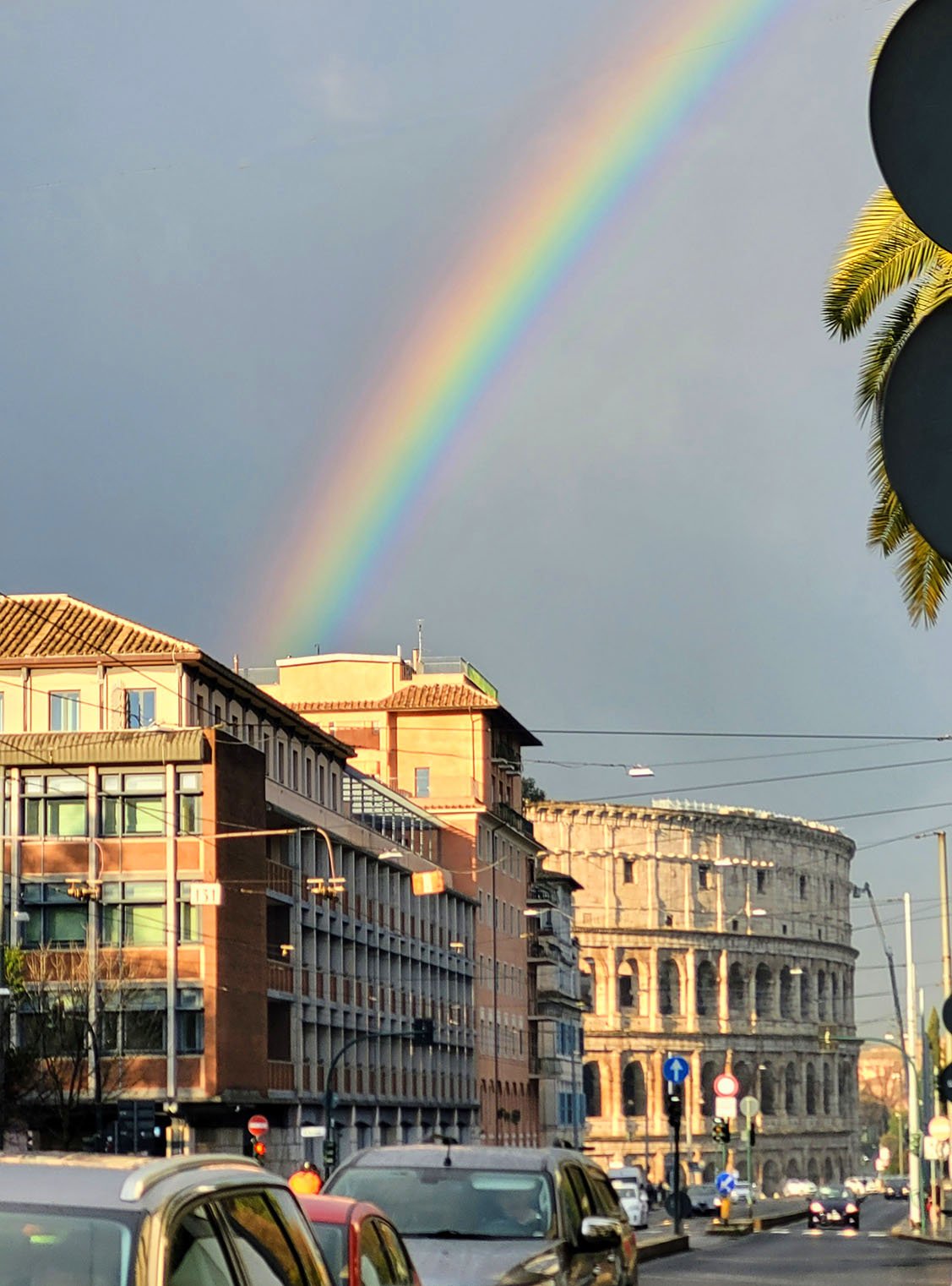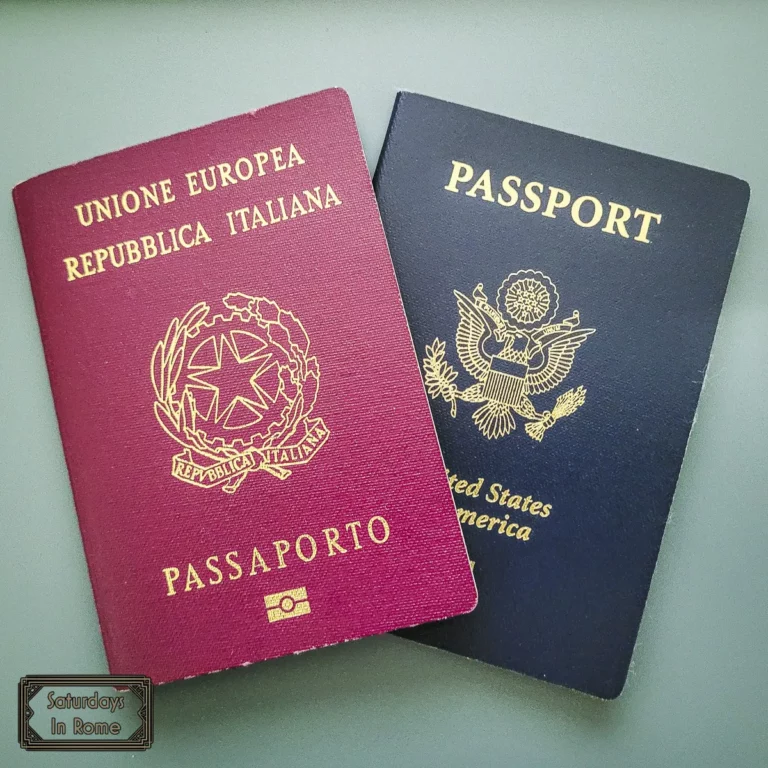The Quick Rome Climate Guide For Travelers To Italy
What Is the Rome Climate?
This Rome climate guide will help you plan your next vacation to the Eternal City so that the unpredictable Mediterranean weather doesn’t spoil your trip.
Raining and Flooding in Venice
There is a wide range of cold weather across the country, given the shape of the peninsula. In the winter, there can be snow cover in the mountains, below freezing in the north (like Milan), in the 40’s in Rome and downright beautiful in Sicily. Things do seem to even out in the summer. The Mediterranean seas have a tremendous impact on the weather in Italy, as do the winds coming up from Africa.
Need Help Planning?
- Cheap Flights: Find The Most Affordable Flights.
- Accommodations: From 1 to 5 Stars And More.
- Car Rentals: Affordable Travel Across Italy.
- Sightseeing Tours: Explore Some Amazing Tours.
- Buying An eSIM: Stay Connected In Italy.
This post includes affiliate links.
Specific climate categories are assigned to every region, and probably a little beyond the scope of what a traveler cares about. These categories include classifications like: Ice-Cap, Tundra, Subarctic and Subpolar, while the other regions include: Arid, Mediterranean, Subtropical and Oceanic.
The Rome Climate And The Average Temperatures In Italy?
As I described briefly above, there is a wide range of temperatures in Italy, which ranges from the frozen snow covered mountaintops to the Mediterranean moderated south. Milan, for example, can have an average minimum temperature of 0°F in the winter and an average maximum temperature of 87°F in the summer.
In Rome, the average low temperature ranges from 44.5° (F) in January to 78° (F) in August. Given the moderation of the Mediterranean, if you leave Rome to go to some of the beautiful towns near the sea, they are milder in winter and cooler in summer. Summer is hot and sunny, with highs in July and August around 90° (F), but last year was a bit more than normal with temperatures regularly exceeding 95-100° (F). Given Rome’s urban heat island effect, during the summer months, the heat is more intense in the city center.
When Is The Rainy Seasons In Rome, Italy?
Storm Clouds in Rome
The rainfall in Italy is considered moderate, between 25 and 40 inches per year, typically with two particularly heavy months, one in the spring and the other in the fall. There are also two relatively dry months in the winter and in the summer.
My Experience With Rome Weather
My own personal experience in Rome has been very similar to the description above. Last November it rained constantly for most of the month. Generally I don’t care about the rain as long as I am prepared for it. My dog, however, was none too pleased with the rain for that month and made sure we knew it. The rainy spring month, March this year, was a little less relentless and although it rained quite a bit, there were gaps in which I and the dog could catch our breath.
As for the dry months, you really notice it in the summer months when everything that could be green is brown and there is literally no need to mow grass or trim bushes because it is not growing at all, just withering.
Does It Snow In Italy?
The answer to this question certainly depends on the city or region you are in. Of course it snows in the mountains of northern Italy, but it is less common in the winter and more common in the fall and spring. It rarely snows in northern coastal towns like Venice, Ravenna and Trieste and almost as rarely, Milan averages 7 snow days per year.
Rainbows in Rome
Does It Snow In Rome?
In Rome it is even less common. It CAN snow in Rome, as evidenced by a very well viewed pictures of a snow covered Colosseum, but it is the type of snow that shuts down the city for a day (if that long) and is melted by the next.
There are a large number of ski resorts in the Italian mountains, and some of the most popular are: Val Gardena, Alta Badia, Val di Fassa, Madonna di Campiglio and Cortina d’Ampezzo.
Where Can I Learn More About The Rome Climate?
When I was in the United States I would typically use NOAA for all of my weather needs. Being a government agency, they are less concerned with areas outside the confines of the U.S., so I needed to find a quality service that covers Italy. I’ve tried a couple sites, but I kept returning to the Weather Underground.
The Weather Underground has shown to be as accurate as I have found and more than enough for my needs. The hourly breakdown really has pinpoint accuracy to the point that I will plan on bringing an umbrella or taking the dog for a walk based on what the site says.
More Information On Things To Do In Rome All Year
You should never hesitate planning a trip to Rome any time of the year, but if you are uncertain which month would be right for you, check out some of these other posts that can assist you with your planning.
- Culturally Important Italian Holidays And Traditions.
- Enjoying Fruits And Vegetables In Season In Rome Is A Treat.
- Ferragosto In Italy Is More Than A Summer Vacation
- Rome In January – Don’t Miss This Guide For A Great Holiday
- Rome In February – Planning Tips For A Perfect Roman Holiday
- Rome In March – Planning Tips For An Amazing Roman Holiday
- Rome In April – Planning Tips For A Perfect Rome Holiday
- Rome In May – Your Guide For An Amazing Italian Holiday
- Rome In June – The Best Guide For A Perfect Rome Vacation
- Rome In July – Planning Tips For An Amazing Italian Holiday
- Rome In August – Planning Tips For A Perfect Trip To Italy
- Rome In September – Your Guide For A Perfect Trip To Italy
- Rome In October – Your Guide For A Perfect Italian Vacation
- Rome In November – Planning Tips For A Great Italian Holiday
- Rome In December – Planning Tips For A Perfect Trip To Italy









